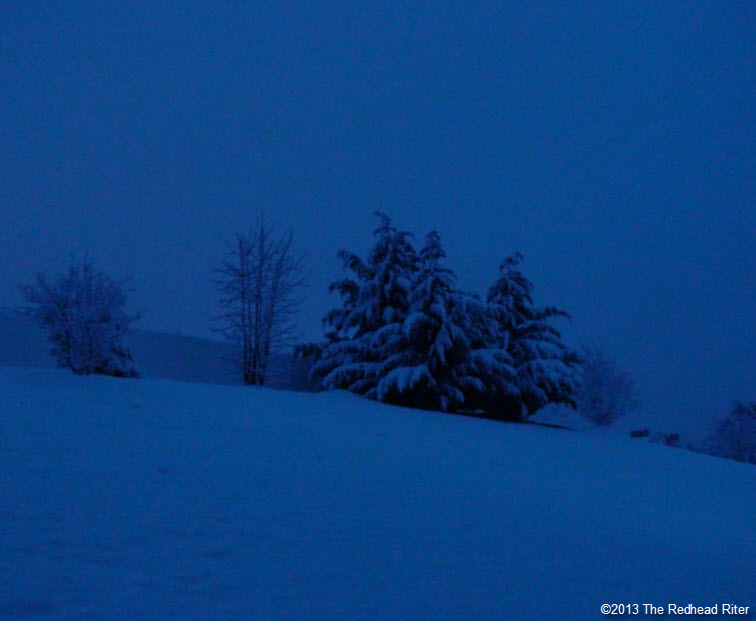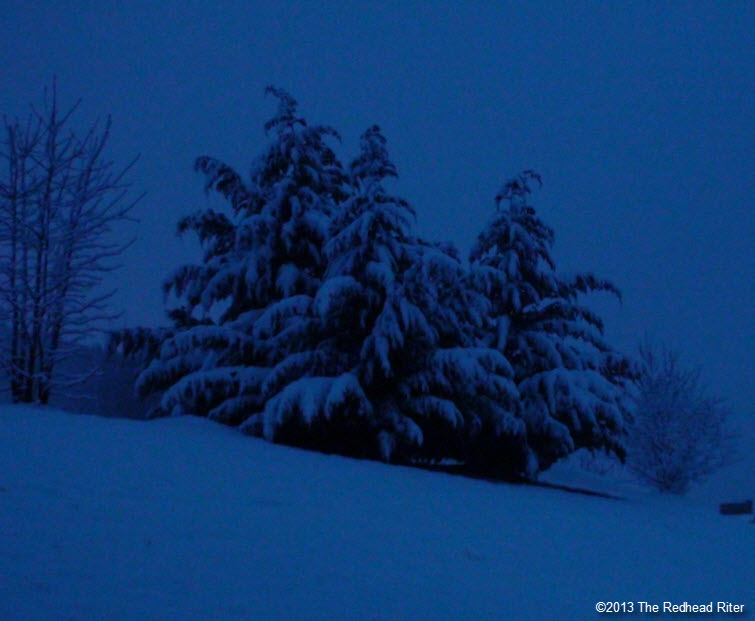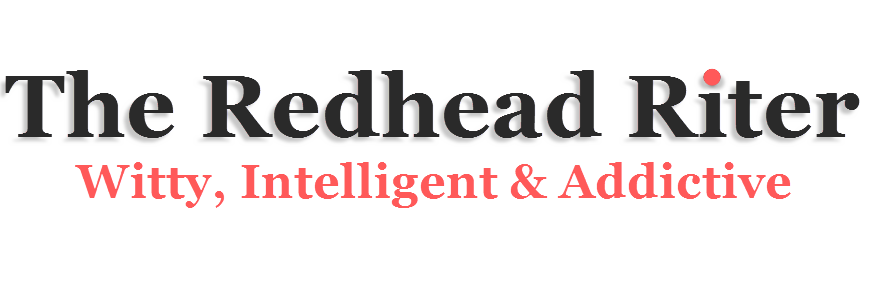
Dust of Snow
The way a crow
Shook down on me
The dust of snow
From a hemlock tree
Has given my heart
A change of mood
And saved some part
Of a day I had rued.
by Robert Frost
As you probably remember, Robert Frost is my favorite poet. I love the imagery in his poems. They create wonderful scenes in my mind which help me to feel the words more deeply.
So I’m going to break down the meaning of the poem while coordinating it with some pictures I took of the snow when it was almost night. Strangely enough, I didn’t add any color to the photos even though they are a vivid blue. Amazing color don’t you think?
Let’s take a closer look at the poem and apply it to our life today.
Dust of Snow
The way a crow
The black crow is commonly a symbol of death and fear.
Shook down on me
The dust of snow
Since the crow is not associated with goodness, it is ironic that in this poem, it is doing a good deed by shaking off the snow.
From a hemlock tree
Robert Frost didn’t choose to use an oak, maple or pine tree. No, instead he chose the hemlock tree which is usually associated with poison and toxicity. Maybe you’ve heard it called by the names of Poison Hemlock or Poison Parsley. Anyway, the beautiful snow that adorns the poisonous hemlock tree’s branches is shaken off by a scary crow.
Has given my heart
A change of mood
Robert Frost uses the elements of the fearsome crow and poisonous Hemlock tree to do something good – shake the white, pure snow off the branches. This good act lifts the suicidal person’s spirits causing him to change his mind about killing himself. The small act causes the man to have an enlightened insight.
And saved some part
Of a day I had rued.
Rued, according to the dictionary, means: “To feel regret, repentance, pity, remorse, or sorrow for.” However, Rue is also a plant that is cultivated for its use medicinally. There is a bit of irony here that Robert Frost refers to the poisonous Hemlock and the medicinal Rue.
So we have a poisonous Hemlock tree covered in pure, white snow and a man who is depressed, planning to kill himself and walking under the tree. At that precise moment, the black crow of death shakes the pure, good snow onto the man. All that goodness helps the man to change his mind about killing himself. Instead, he decides to live, forget the regret and sorrow to enable healing.
by Robert Frost
Obviously, he is the greatest American poet of all time in my opinion.
Dust Of Snow Poem’s Relevance Today
The poem, Dust Of Snow by Robert Frost, reiterates that the little things in life can make huge changes in our future. It also shows that if we can take the hard times of life in stride, eventually something will happen to change our situation into happier times. The simple things we do for others can make all the difference. Just think about those random acts of kindness we do and how much they brighten a person’s day and sometimes changes their future.
Noticing and appreciating all the small things in life will make your life happier. It will also cause you to have a spirit that is willing to change and therefore succeed.
Let’s do this poem one last time now that you have some insight into the poem and can truly appreciate the meaning of these short, but magnificent verses. Don’t forget to read all the way to the end of the post past the picture.
Dust of Snow
The way a crow
Shook down on me
The dust of snow
From a hemlock tree
Has given my heart
A change of mood
And saved some part
Of a day I had rued.
by Robert Frost

You have officially been dusted by snow today. Enjoy.


I felt like I was in English in High School,lol. You are so dang smart
LOL LOL LOL Thank you!
I have often said that you are a born writer. Now I add to that you are a born teacher. Your classroom is the Internet. 🙂
😀 You and Mom said the same thing without even knowing it because I hadn’t approved her comment before you made yours! LOL Thank you, Joan! 😀
I put your name in for that Leibster Award that keeps going around. I am not sure what “notifying” you means, but, if you are interested in participating, you can just copy the questions and rules off my blog. I think that is how I did it when it was sent to me. The questions are fun, but it is time-consuming. Maybe good for a little more blog traffic.
Thank you! I enjoyed reading your post and several times it made me laugh out loud. Love your sense of humor. 😀
Didn’t know the poem, nor poet. Now Sherry, I do. Thank you.
Good! I’m glad I could enlighten you! 😀
Beautiful interpretation of this lovely poem! What a master Robert Frost is! To be able to include so much meaning into such a short verse! Beautiful interpretation! Thanks for the lovely sprinkling of snow! Much love, Kathy
I’m so glad you enjoyed the post. {{{hugsss}}}
Your explanation is fantastic. love it! Keep it up
Thank you very much! I’m glad you enjoyed the post.
it’s a hemlock TREE, not the parsley-like plant. they are two very different plants. the tree symbolizes protection, not poison. also, i don’t know where you got the suicide from, but nothing pertained to that.
Well done ! Loved the way you actually brought up the vivid image up in my mind ! Reminded me of my English class ! Thank You !
English class was my favorite time of the day! 😉
I recited this poem at school when I was 8 years old. I have never forgotten it 55 years later and I still recite it.
I know this comment is really late (3 years since you posted this), but I really appreciate this interpretation! It made me love more this poem and it helped me a lot for a major course of mine. Thank you Madam Sherry for sharing your ideas to the world, and to me. Cheers! 🙂
what is the theme?
The hemlock mentioned in the poem is not the poison hemlock. The poison hemlock is actually a fairly tall wildflower (or weed, depending on your point of view), not a tree. In Kentucky it grows in late spring and frequents ditches and the aprons of railroad tracks. It seems to let us know it is the end of the school year and the beginning of summer.
Firstly, this is one of my favorite poems. It is true that good writing is a mirror, so it reflects both the writer and the reader but to fully appreciate a piece of writing you often have to understand something of the culture from which it comes. One of the reasons I love this poem is because I appreciate Robert Frost’s cultural background because in part it is similar to my own. This poem is about the beauty and simplicity of the natural world, where a crow can actually just be a bird not an ill omen of death, that is an attribute given to it by man and only in some cultures. For example, in certain Native American tribal symbolism and lore, the crow can be a harbinger of change, a messenger or a magical being conveying personal integrity or strength of mind. Furthermore a hemlock tree Tsuga canadensis is a pine tree also known as Canadian Spruce and is far from toxic, being a medicinal and food plant. The hemlock you refer to is not a tree but a European native plant, Conium maculatum, of the carrot family, which incidentally wouldn’t be in leaf in snow. It is famous for being used by Socrates to commit suicide, which is may be where you got the suicide idea from, which I actually do not see in this poem at all. Very simply put this poem is about how when a day hasn’t gone well a small event such as a ‘dust of snow’ can be a reminder of how the beauty of nature can make everything better, as for example the medicinal spruce. However, as a mirror, you are free to interpret it differently but be aware of the crow and the hemlock. All the very best from Normandie, Sue
Yes, this. You said everything I was thinking. Thank you.
I’m horrible with poems and they have never been my thing, but dis really does help you understand them